SAND MASON WORMS
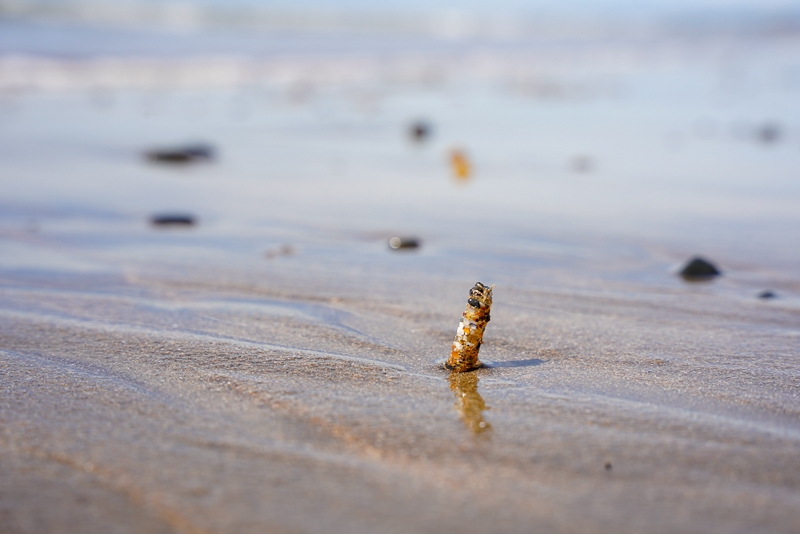
Walking along a beach in New Quay, Wales, I came across a tiny structure in the sand. Like the leaning tower of Pisa, but as small as my fingernail and made from sand and small stones.
Clearly, somebody had created this tiny miracle, it was no random accumulation of sand. But who builds small tubes of sand and stones in the sea?
The aptly-named sand mason worms (Lanice conchilega).
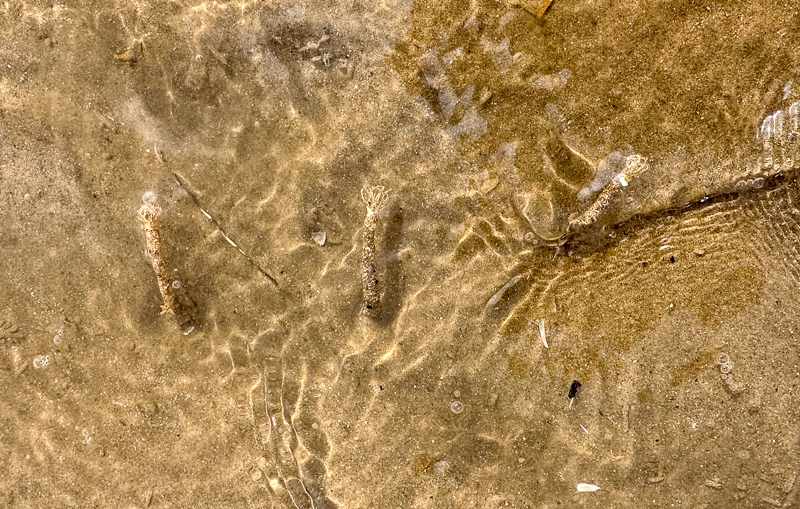
Sand masons are quite long - up to 30 cm, and build tubes below the sand. The part we see is like a chimney sticking up above the surface.
In New Quay there were only a couple of sand masons. As the tide came in, I watched them wave back and forth.
It wasn't until I visited RSPB Titchwell Marsh, nearly a year later, that I got to watch these incredible creatures en masse.
On Brancaster beach there are thousands of sand masons. At low tide they bend over each other and form thick mats.
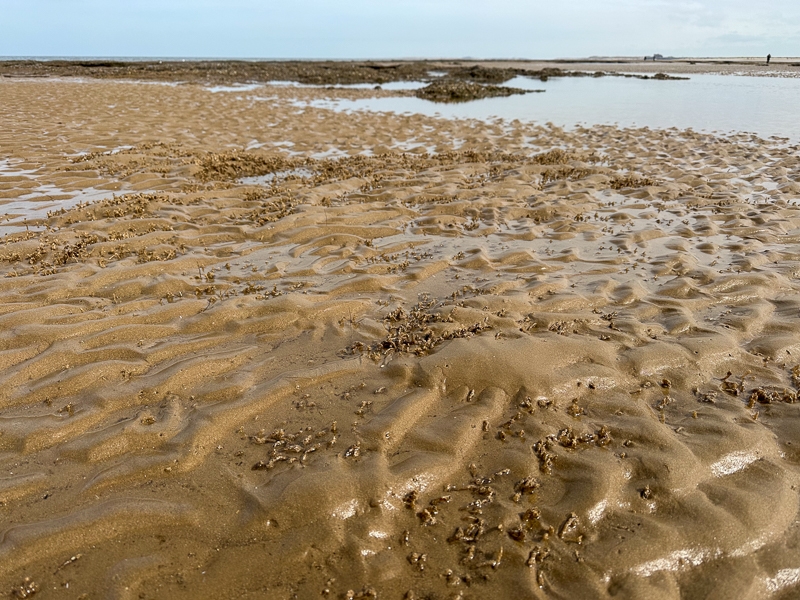
Standing in the gentle waves, you can watch them washing forward and back, tentacles protruding above the fringe of their tube.
We don't know much about the fascinating beings who sculpt these tiny structures. The online resources and field guides alike read like a rap sheet: 30 cm long, 150-300 body segments, 3 pairs of bushy gills, yellow, brown, or pink. Some show how little we know about their reproduction or lifespan.
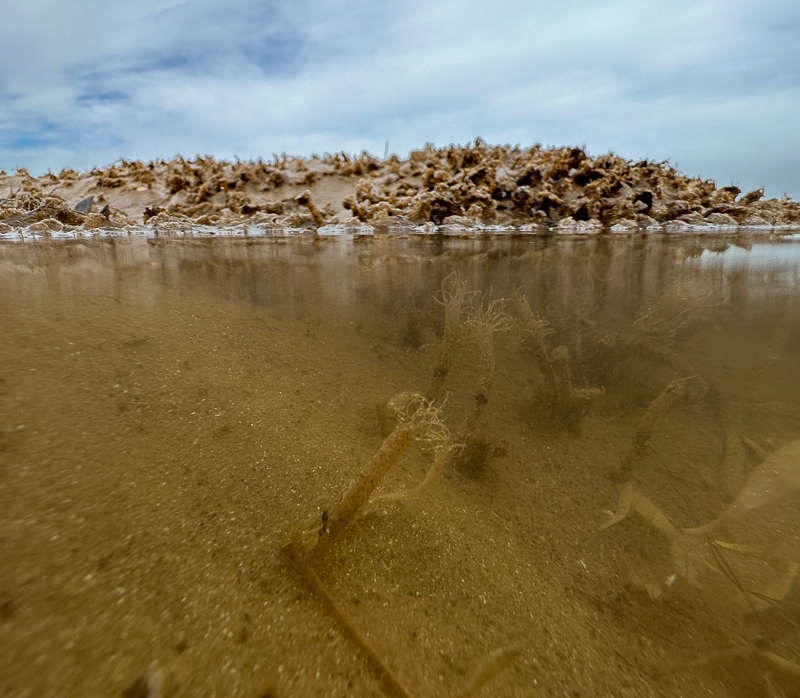
Sand masons out of water above and standing up below water.
When they feed they look like tiny trees made from sand, or like the centre of a summer flower with a cluster of anthers.
What do sand masons eat?
Burr and Winter thought, in 1977, it was most likely that sand masons feed differently depending on how many mouths there are to feed.
In areas of low density, like the beach at New Quay, the sand masons can feed on surface deposits - particles that are hanging around, like algae and mollusc poop.
Where there's more competition for food, like at Brancaster beach, Burr and Winter reckon sand masons diversify and become suspension feeders, eating plankton and organic particles floating in the water. The wafting backwards and forwards with the tide probably helps in this respect.
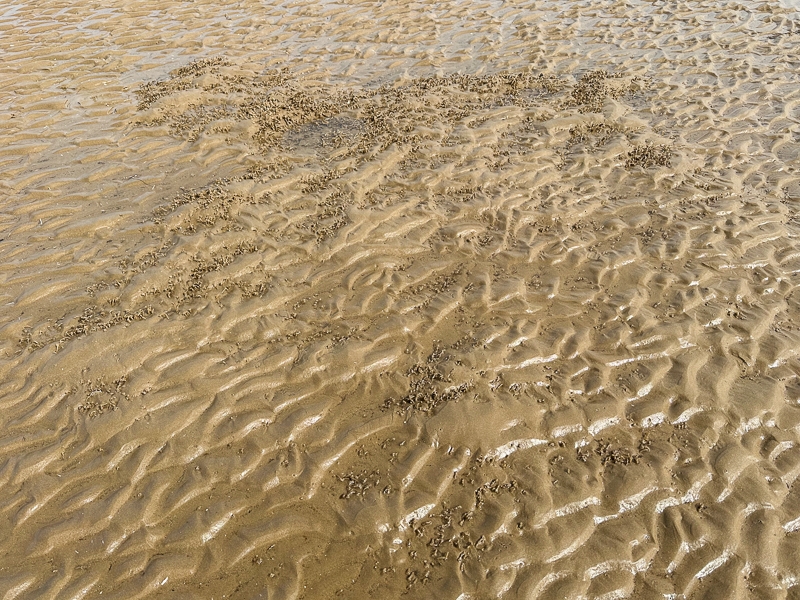
We might not know everything about sand masons, but we do know that they're habitat structuring (sometimes called reef-building). When lots of them live together, their tubes create new conditions and habitat for other species.
The presence of sand masons has a positive impact on the density and richness of other species in the area.
Sand masons reefs have even been described as 'hotspots of biodiversity within inter- and subtidal soft sediments of the North Sea'. If you see these tube-like homes, consider not only the wonder of their construction but also the benefits they bring to other species in the neighbourhood.
Share with your friends
Subscribe to learn more
Join me in exploring our natural world and cultural heritage as we learn how to protect and restore it. Get notified on my latest posts and a monthly newsletter on wider conversation topics for us to chat about.
Recent Posts
If you enjoyed this one, then you might like these too.